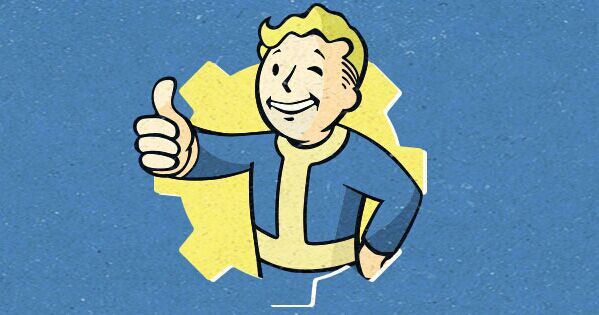Creating a good game is the goal of any serious game developer. However, doing so isn’t easy. There’s plenty of bad-average indie games that flood the market. Finding good indie games can be hard to find. To make a good indie game, all of the technical and artistic aspects have to be executed well.
These aspects are:
- Gameplay
- Storyline & Music
- Graphics

Gameplay
We’ve all heard that “gameplay is king”. Well, that’s because it is. You could have a story that’s better than BioShock’s, a Martin O’Donnell esque soundtrack and graphics that look like real-life . But, if your game isn’t fun, then players are going to stop playing your game and will never play it again.
Great controls is arguably the most important part of making gameplay fun. One of the biggest challenges for developers is designing controls that fit the game and enhance the player’s experience. The gameplay will be a failure if players can’t properly interact in the game.
Having continuous challenges for the player is important to keep the player engaged. For example, a game that starts off easy but gradually challenges you to think (if it’s a puzzle game) or use your dexterity (if it’s a platformer or shooter). By the time you get to the end of the game, you should have to utilize everything you learned earlier in the game to be able to complete the game.
Replayability is just as important. Games like The Binding of Isaac and Don’t Starve are great examples of this. What makes these games have such high replayability is the procedural generation that’s implemented into them. Procedural generation can be anything from randomly generated levels, items and enemies. You could even randomly generate the story and sound to some degree too.
Achievements have been around since the Atari 2600, but never became industry standard since it was reintroduced in 2005. An achievement can be a digital trophy/badge that is awarded to players for completing various tasks in a game. Many of the achievements take place outside the confines of the game environment and architecture. Developers implement achievements to add to the gameplay experience and give the players more reason to play their games longer.
Story & Music
Video game stories and music go hand-in-hand with each other. A great soundtrack can go a long way to help display the emotions of a story. Pairing the wrong kind of music with your story could actually take away from the story.
Luckily for indie game developers, there’s lots of talented, upcoming music composers out there. Some that are even willing to do music for free just to get their names out there.
Your story doesn’t have to be amazing or have some M Night Shyamalan twist near the end to make it work. It can be simple and straightforward. How you tell the story is key. Super Meat Boy is as simple as it gets. It’s a slight twist on the original Super Mario Bros. games. Meat Boy has to save his girlfriend from the evil scientist Dr. Fetus. You don’t need a big huge CGI budget to tell your story. With Super Meat Boy, how the story was comically told through brief 2D cutscenes with music that accompanied it perfectly, made it entertaining. The story complimented the gameplay and graphics well enough to make for an overall enjoyable experience.
Whether your game is story-driven or not, you want to have characters that aren’t boring and dull. The player should be able to relate with them. Well written dialogue and visually appealing characters can further help achieve memorable characters. You can even argue that it’s the characters that make for a great story, not necessarily the plot and setting.
A good story can be another hook to help keep players interested.
Graphics
Indie game developers don’t have the budget to pull off AAA graphics. However, it is becoming easier for indie developers to achieve high quality graphics with how software has been evolving. It’s never been easier as it is now.
Many indie developers will resort to art style and aesthetics rather than trying to create realistic graphics. Your game doesn’t have to have the best graphics, but it is important for it to be easy on the eyes.
It’s important to have continuity with the artstyle you choose to go with. Little things such as the HUD (heads-up display) and GUI (graphical user interface) adds a lot to improve the visual experience for the player. The style font you use for the text in your game should match the genre of your game. For example, you likely wouldn’t use a grungy-horror font in your menu’s for a futuristic sci-fi game.
Beautiful graphics won’t ensure that your game will be a success. However, low quality graphics won’t ensure that your will be a failure either. A good example of this is the indie game Minecraft, which became the best selling game of all-time. It’s well known for its low-quality, blocky looking graphics. The art style was one-of-a-kind though and fit very well with the game’s design and gameplay. The graphics were clean and consistent throughout all of the visual aspects of the game.
I consider graphics to be a bonus in any indie game, but not necessarily a necessity.

Conclusion
Players enjoy different genres of games. Not everyone likes First-Person Shooters and not everyone likes story-driven games. However, having enough of each key element can ensure that your game will be good. You don’t need to make each of these aspects phenomenal, but if you execute each of these well enough, you will create a good, or better yet, great indie game. Start with gameplay — make your game fun first. Once you have the story established then you can decide on an art style that will fit the game’s world.